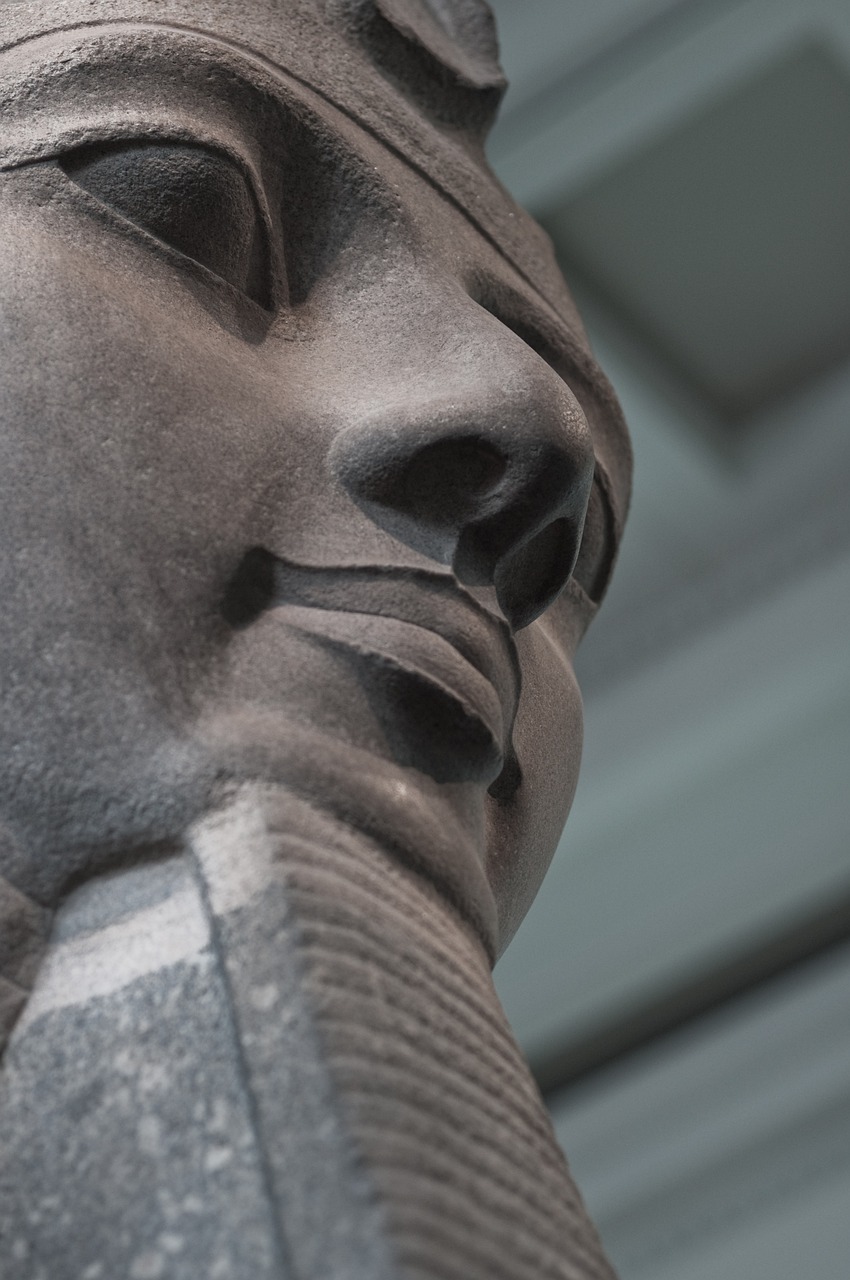Horus: Discovering the Legacy of the Egyptian Falcon Deity
The mythological landscape of ancient Egypt is intricate and vibrant, populated with numerous deities and significant symbolism. Among these, Horus, the god with a falcon’s head, stands out as one of the most powerful and respected. This article explores the mythology surrounding Horus, focusing on his origins, importance, and lasting influence on the religious and cultural traditions of ancient Egypt.
Introduction to Horus
Horus has long been regarded as one of the chief gods in ancient Egyptian religion, with roots that extend back to the late Predynastic era, approximately 3100 BC. Typically represented as a man with a falcon’s head, he is recognized as the god of the sky, warfare, and hunting. The name “Horus” comes from the Latin interpretation of the Greek term “Hōros,” which is derived from the Egyptian “Hor,” meaning “the distant one” or “the one above,” a fitting title for a deity associated with the heavens. The falcon symbolizes his nature, noted for its ability to glide majestically above the landscape.
The Mythology of Horus
The tales that comprise Horus’s mythology are complex and intertwined with the lore of other Egyptian gods. He is notably celebrated as the offspring of Isis, the goddess of magic and healing, and Osiris, who presides over the afterlife and rebirth. In the traditional narrative, Osiris met a tragic fate at the hands of his brother Seth, who desired his position. However, through her mystical abilities, Isis resurrected Osiris and gave birth to Horus. To shield him from Seth’s wrath, Isis raised Horus in seclusion, preparing him to confront and dethrone his uncle. This tale embodies the essential conflict between order and chaos in the universe.
Horus triumphed after a series of confrontations known as the “Contendings of Horus and Seth,” establishing himself as the sovereign of the living while relegating Seth to darkness. This story is often interpreted as an allegory for the cycle of day and night, reflecting the eternal battle between light and dark forces.
The Significance of Horus in Worship
Horus epitomized the concept of kingship within ancient Egypt, with the reigning pharaoh seen as his earthly representation. This association endowed Horus with considerable political and spiritual authority. Another significant emblem linked to Horus is the Eye of Horus, also referred to as the Wadjet. This symbol denoted protection, imperial authority, and wellbeing and was commonly featured in various forms of jewelry and protective amulets.
Temples dedicated to Horus were prominent throughout ancient Egypt. Among these, the Temple of Horus at Edfu stands out for its preservation and grandeur. Constructed during the Ptolemaic period between 237 and 57 BC, this temple offers valuable insights into the rituals and worship practices devoted to Horus.
In Summation
Horus, the falcon deity, is a pivotal figure in the elaborate tapestry of ancient Egyptian mythology and religious customs. His influence extended from the celestial sphere to the nuanced dynamics of political authority in pharaonic Egypt. The narratives surrounding Horus continue to intrigue scholars and enthusiasts of culture and religion, illuminating the spiritual beliefs that shaped one of history’s most enigmatic civilizations. Continued study of Horus not only enriches our comprehension of ancient Egyptian culture but also emphasizes the enduring significance of mythology in understanding human history.



